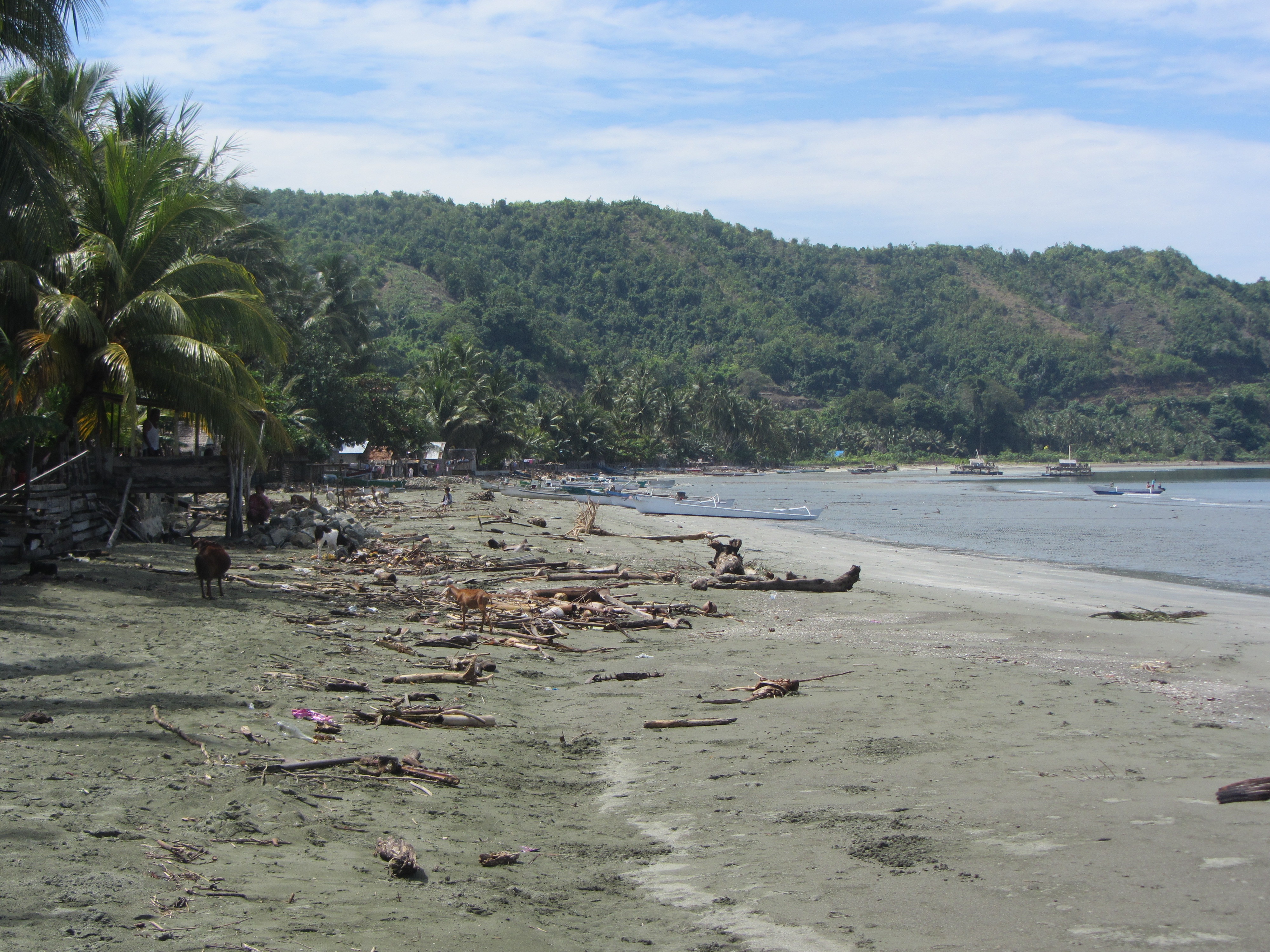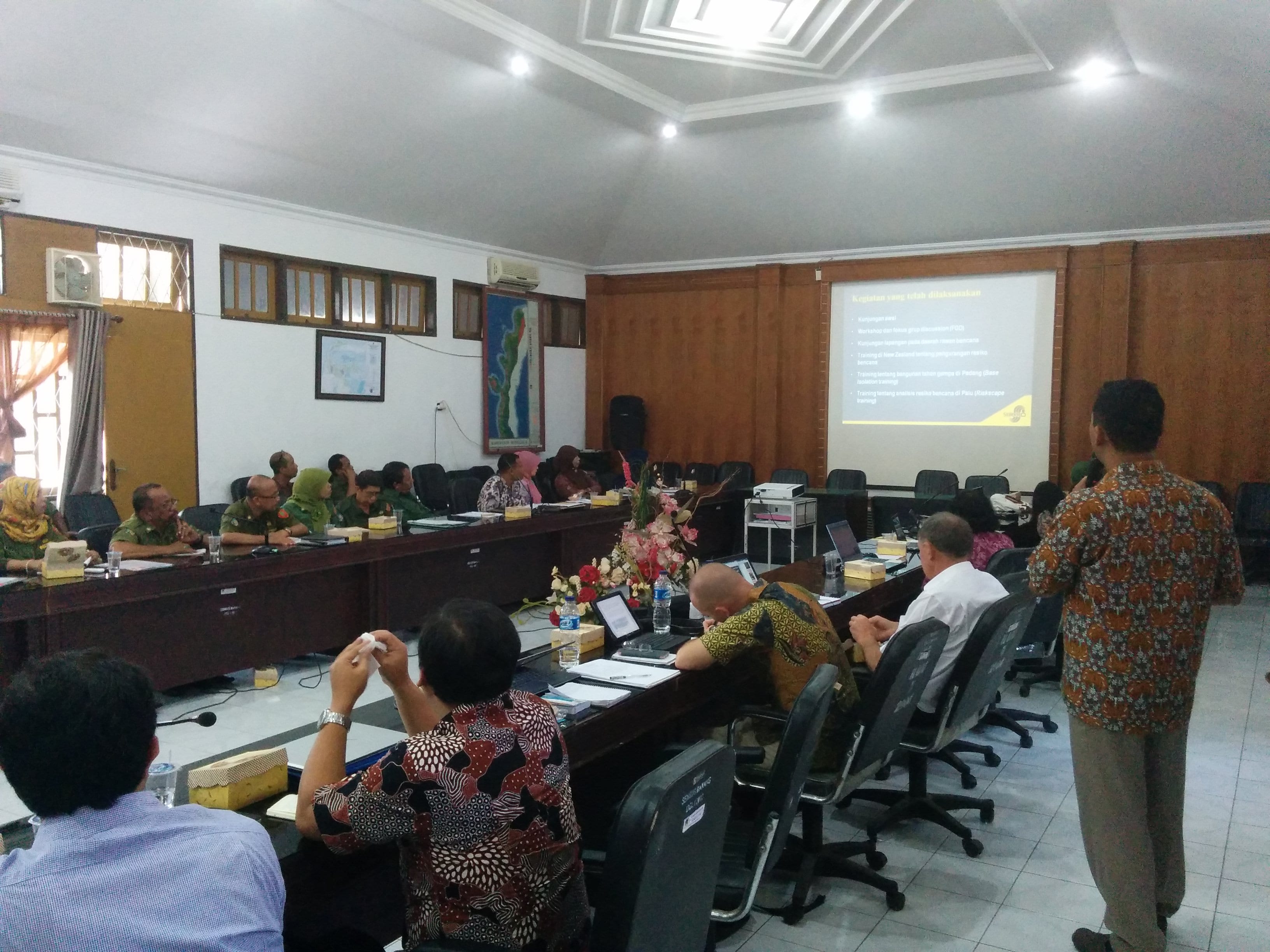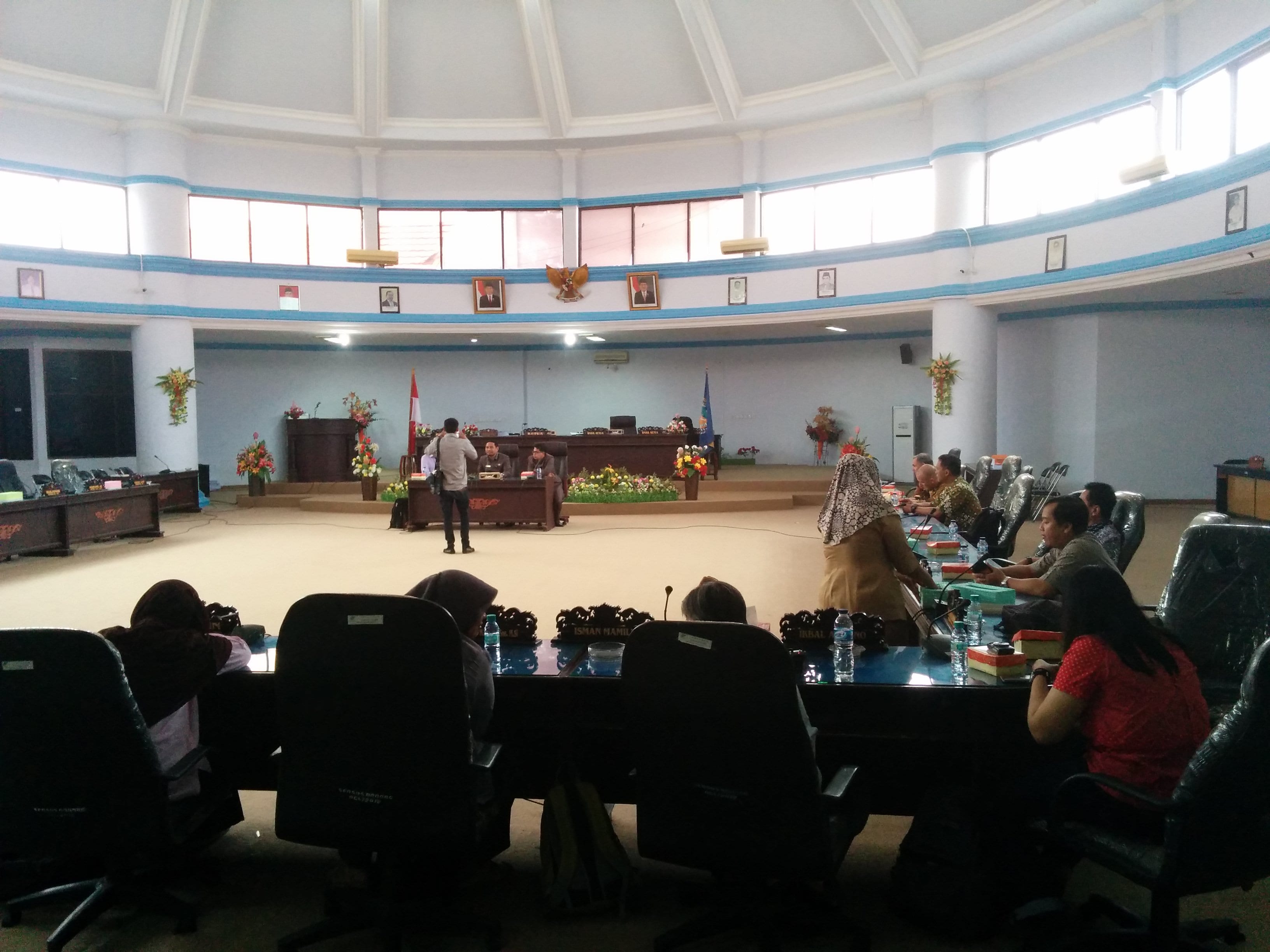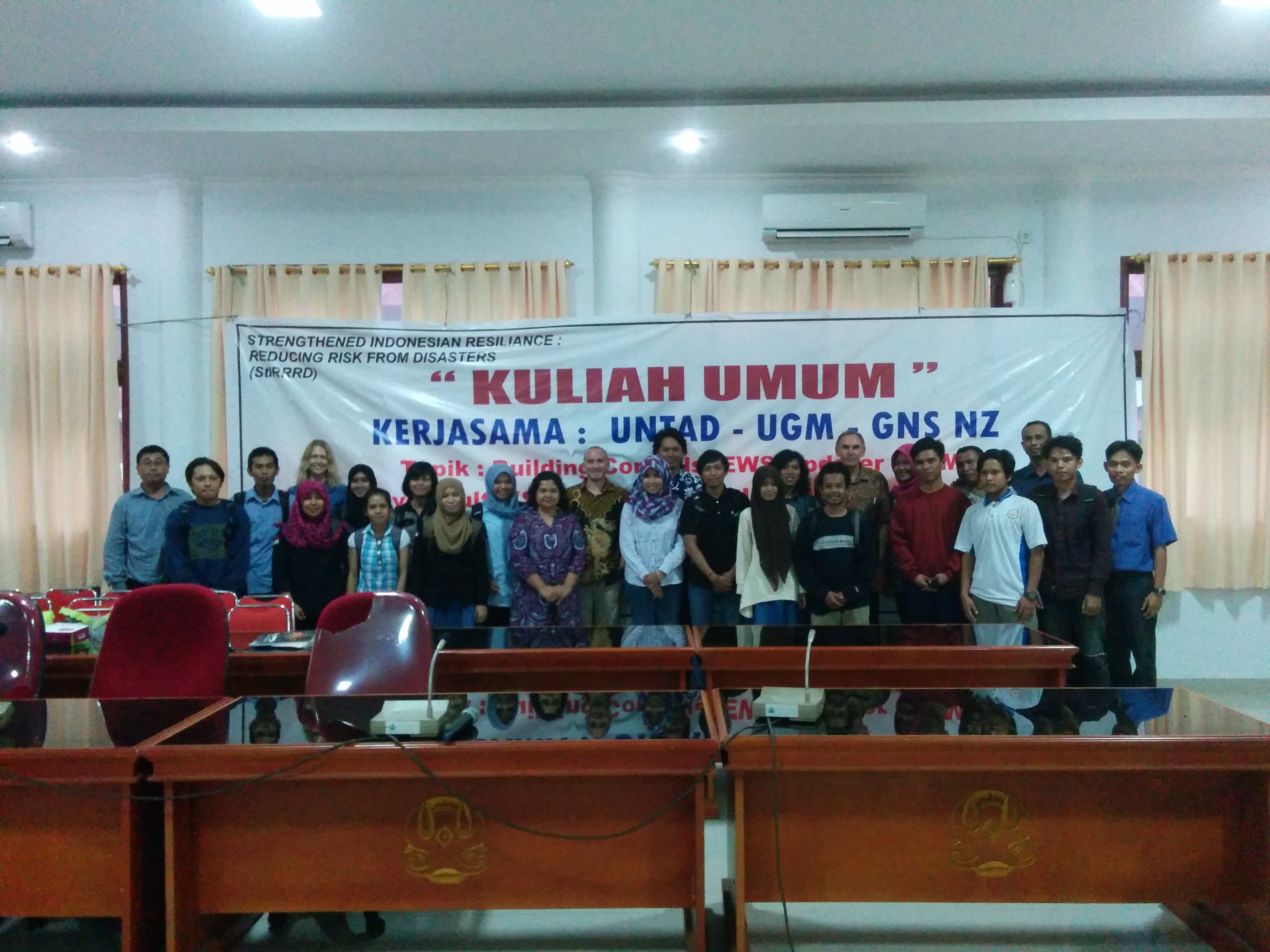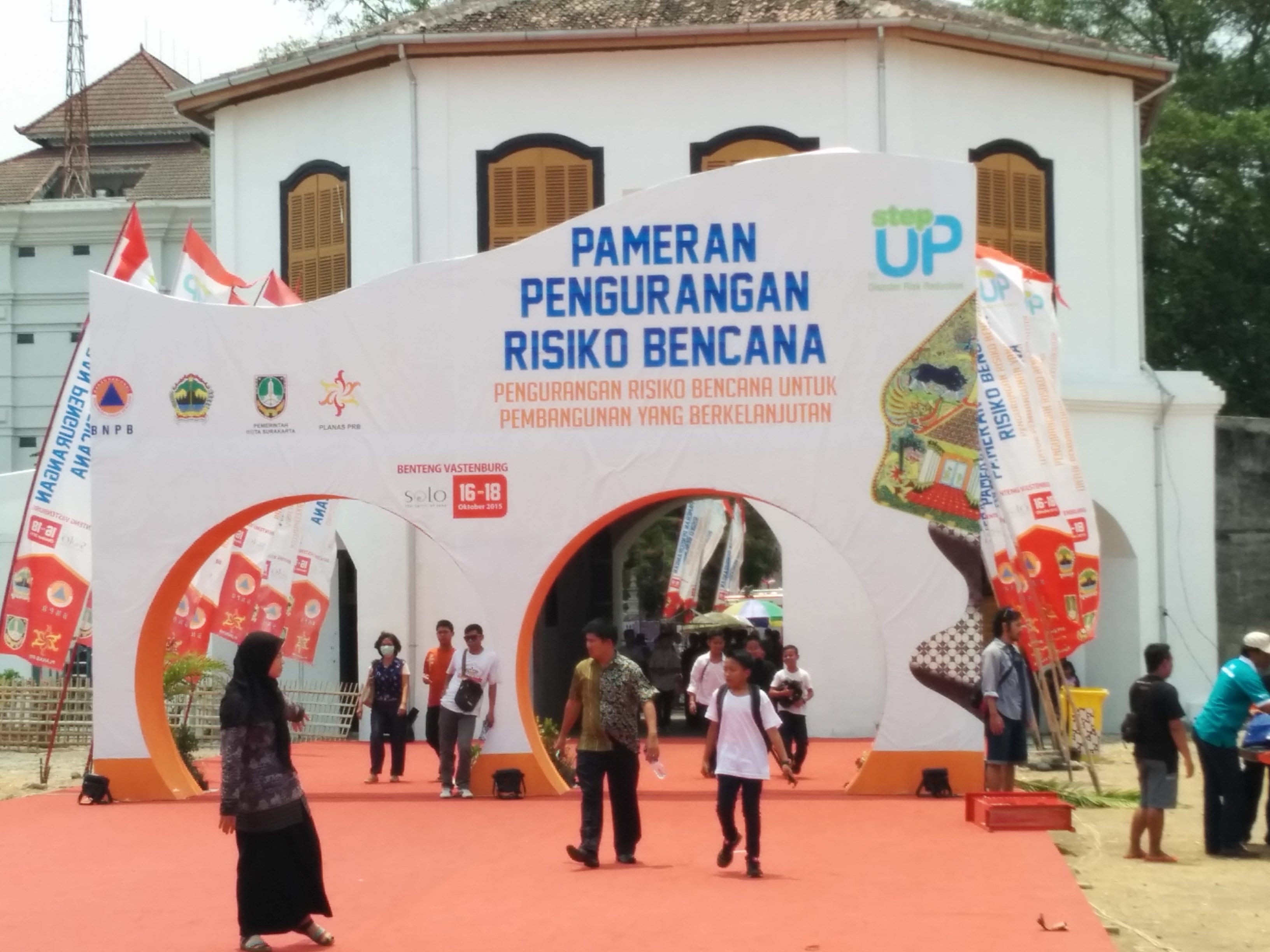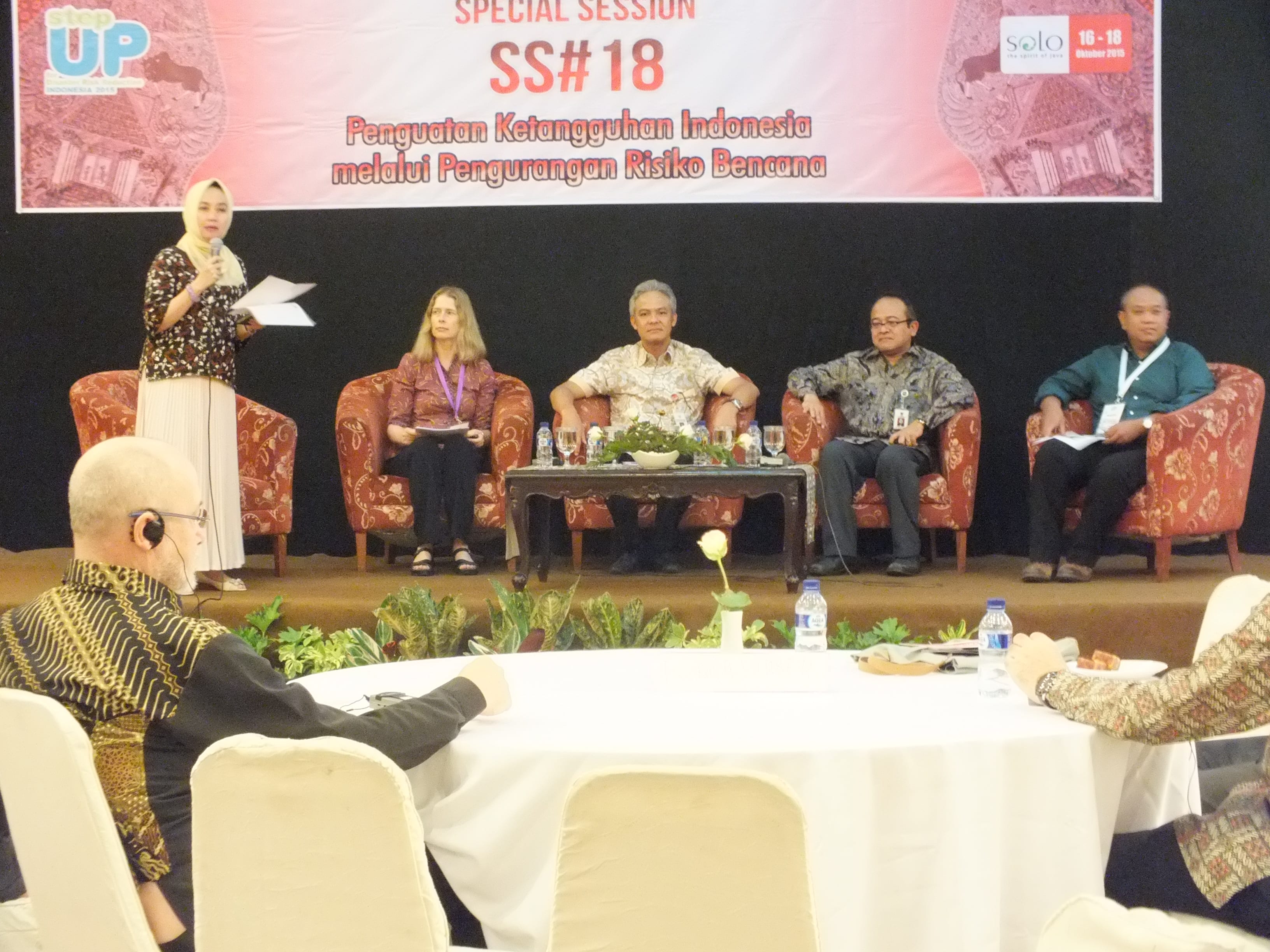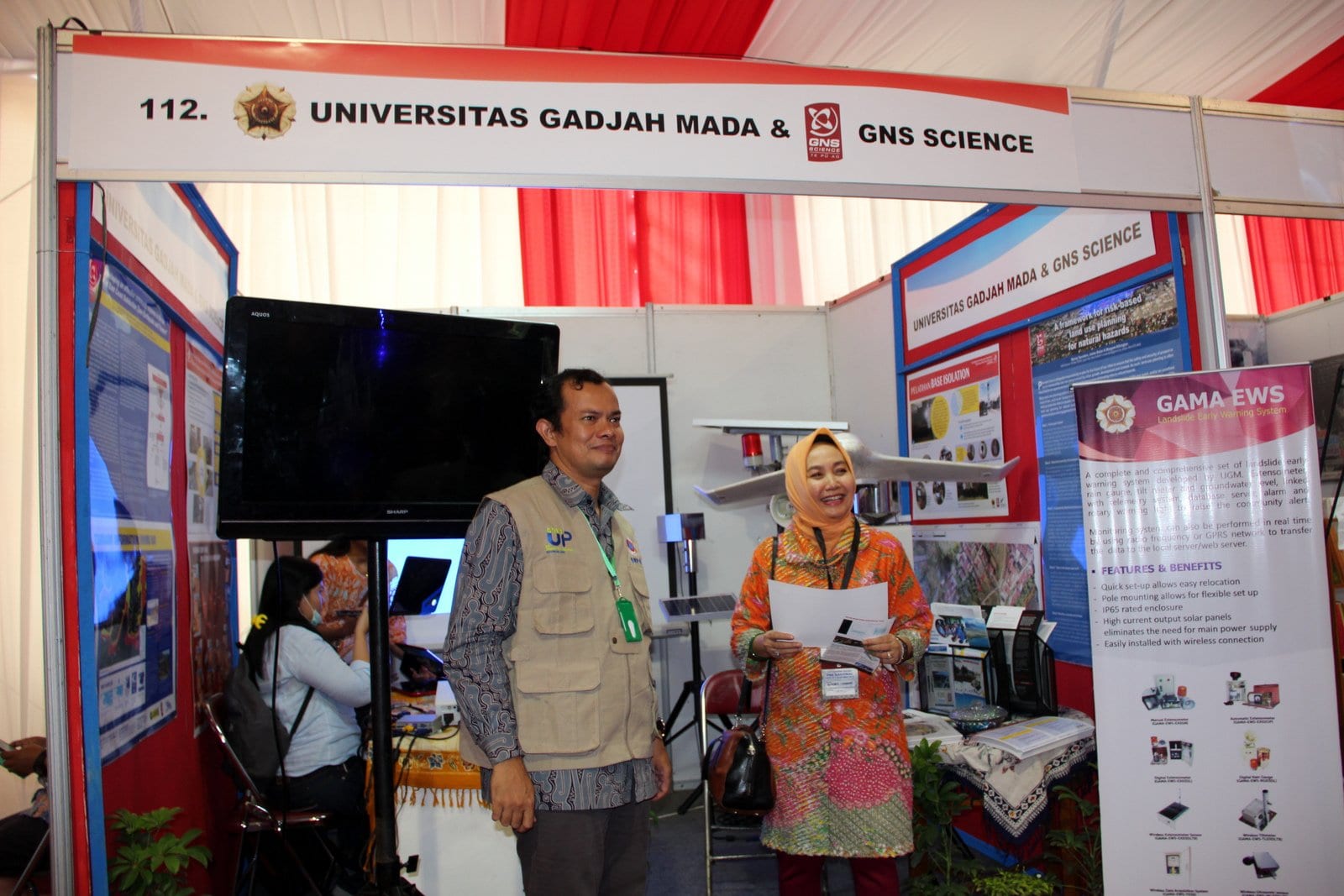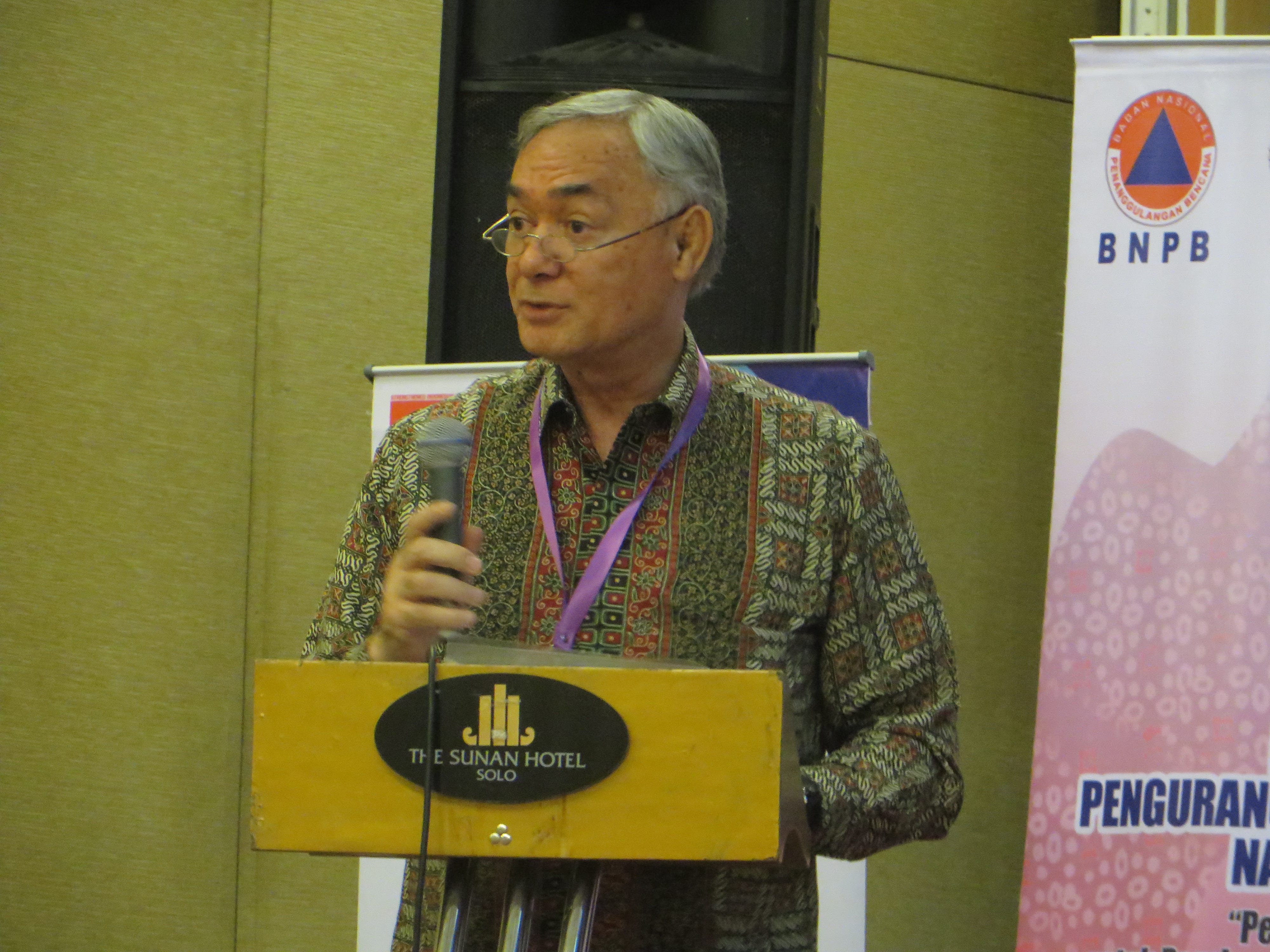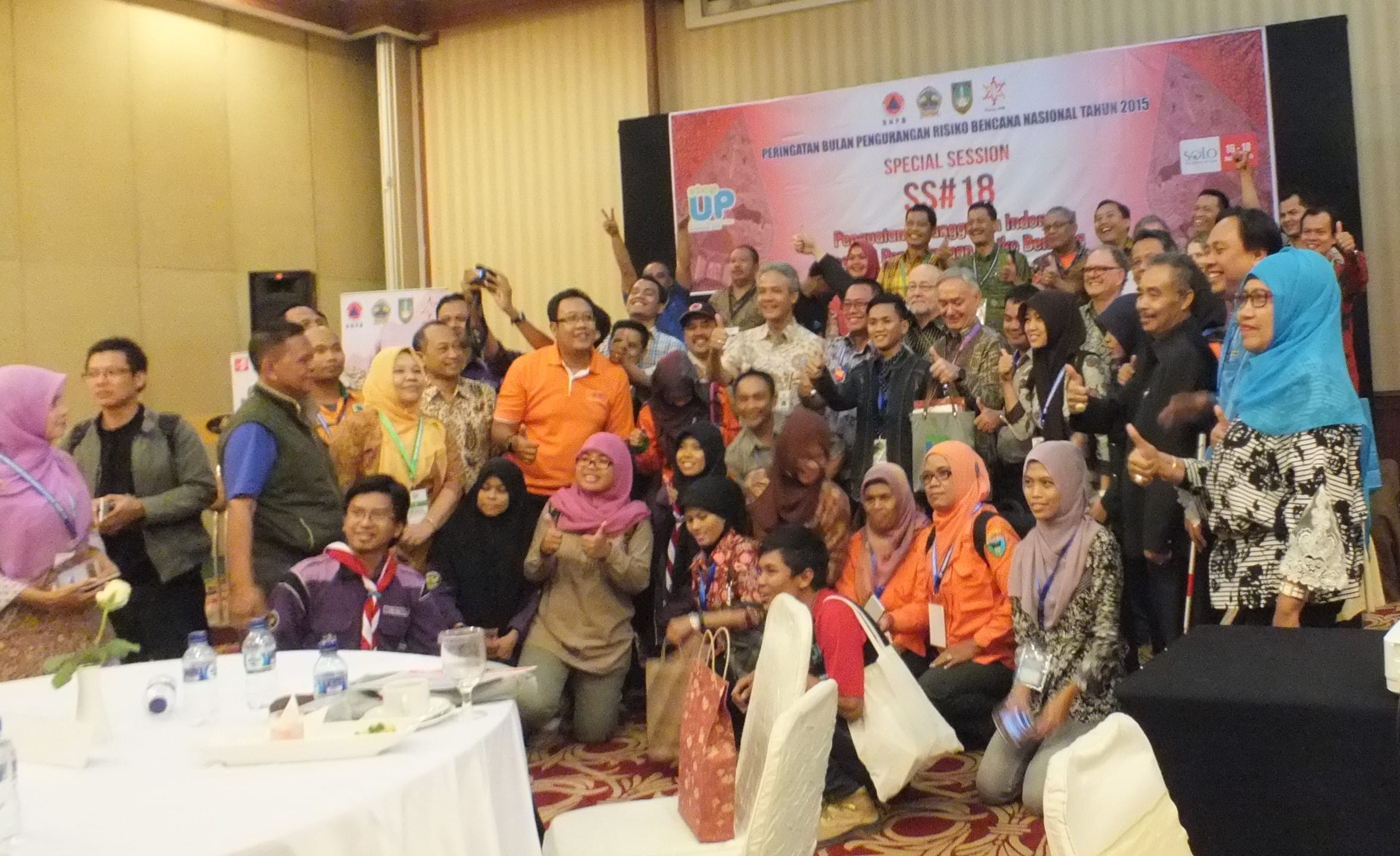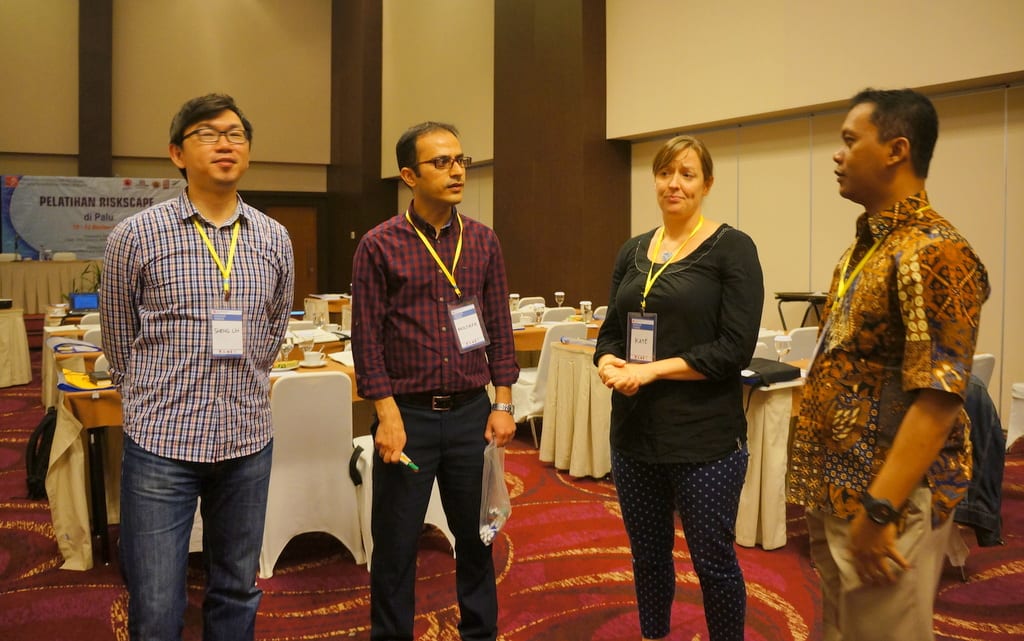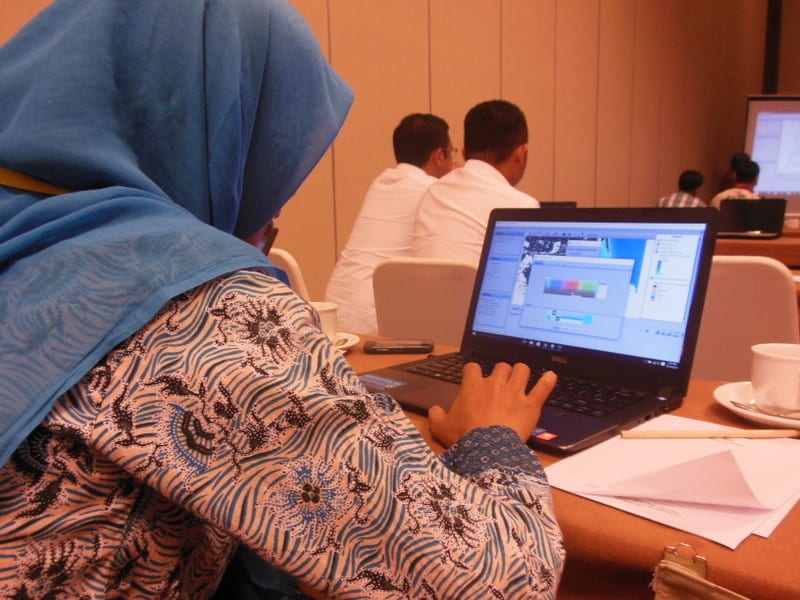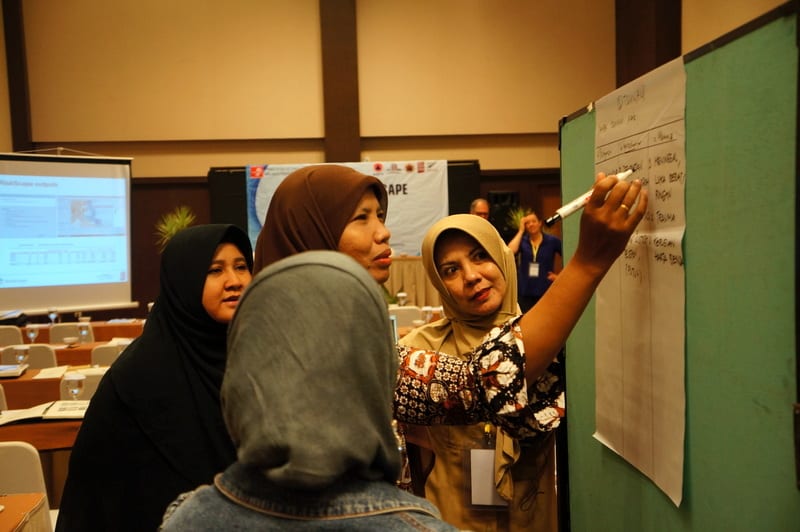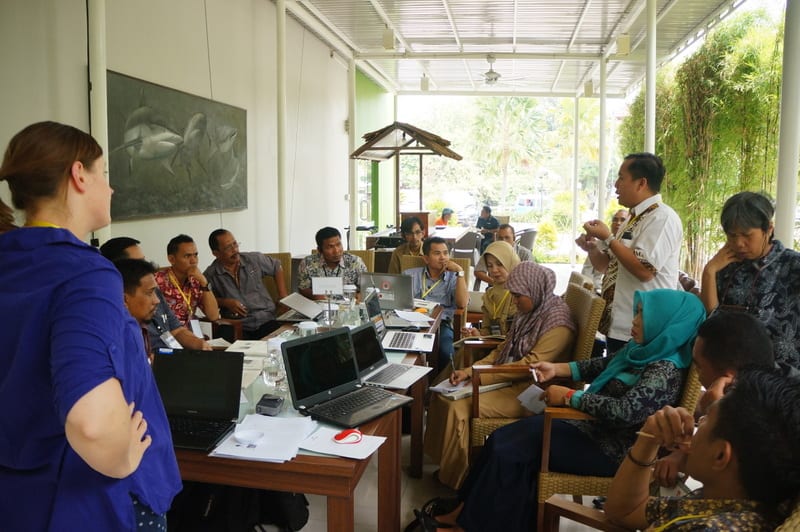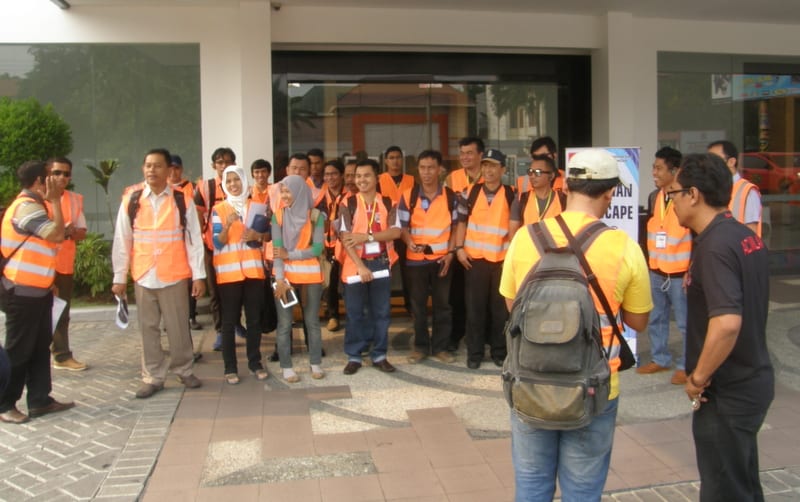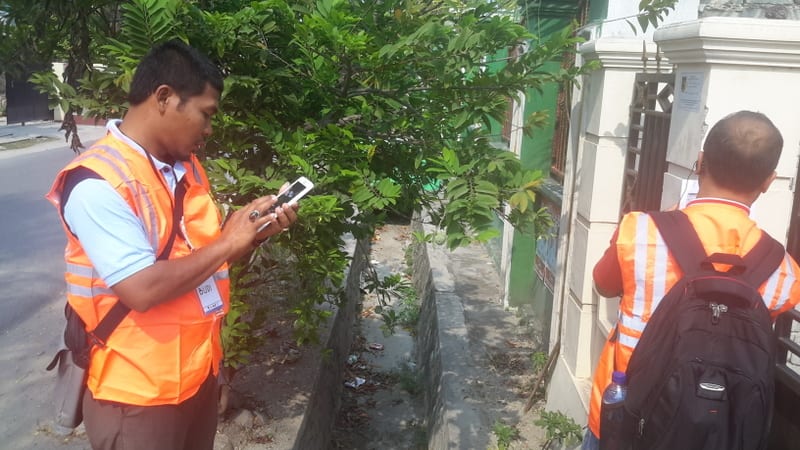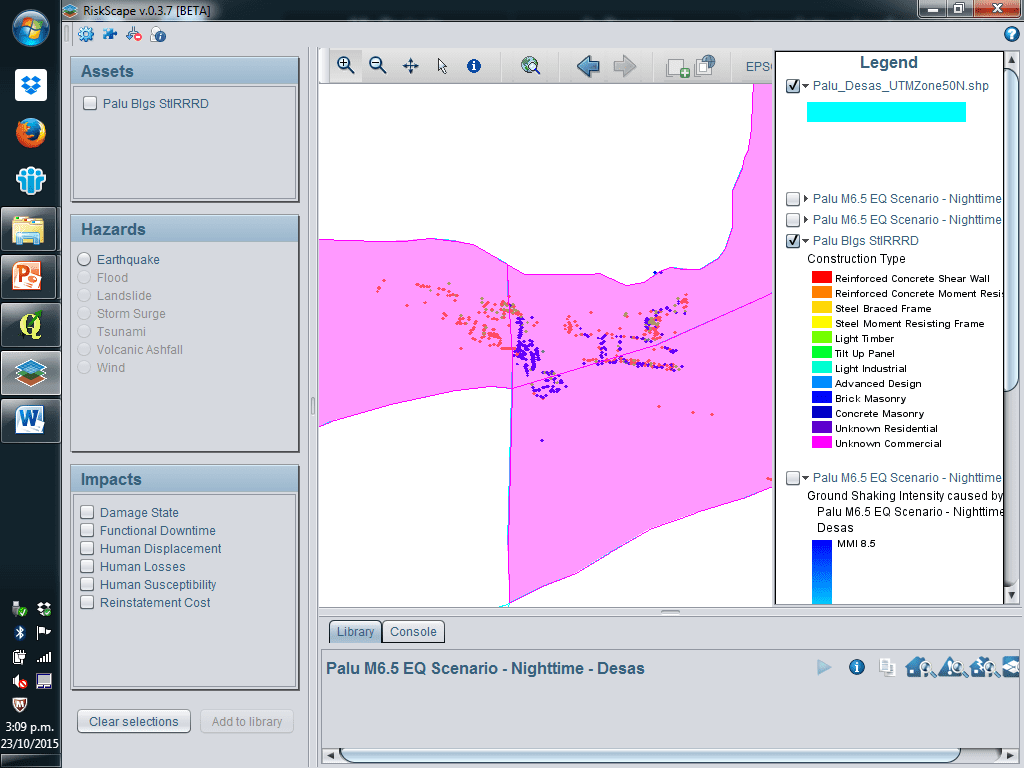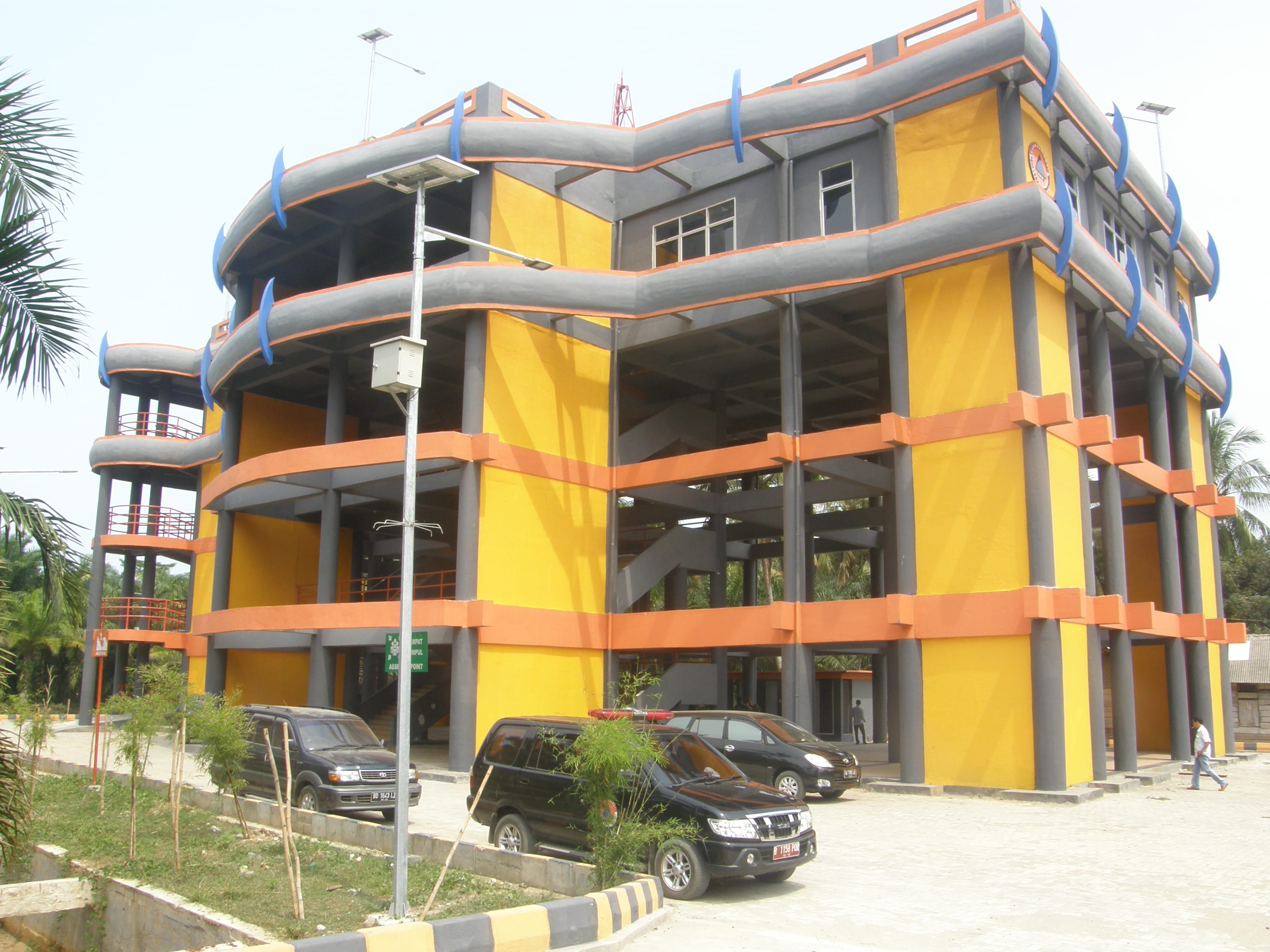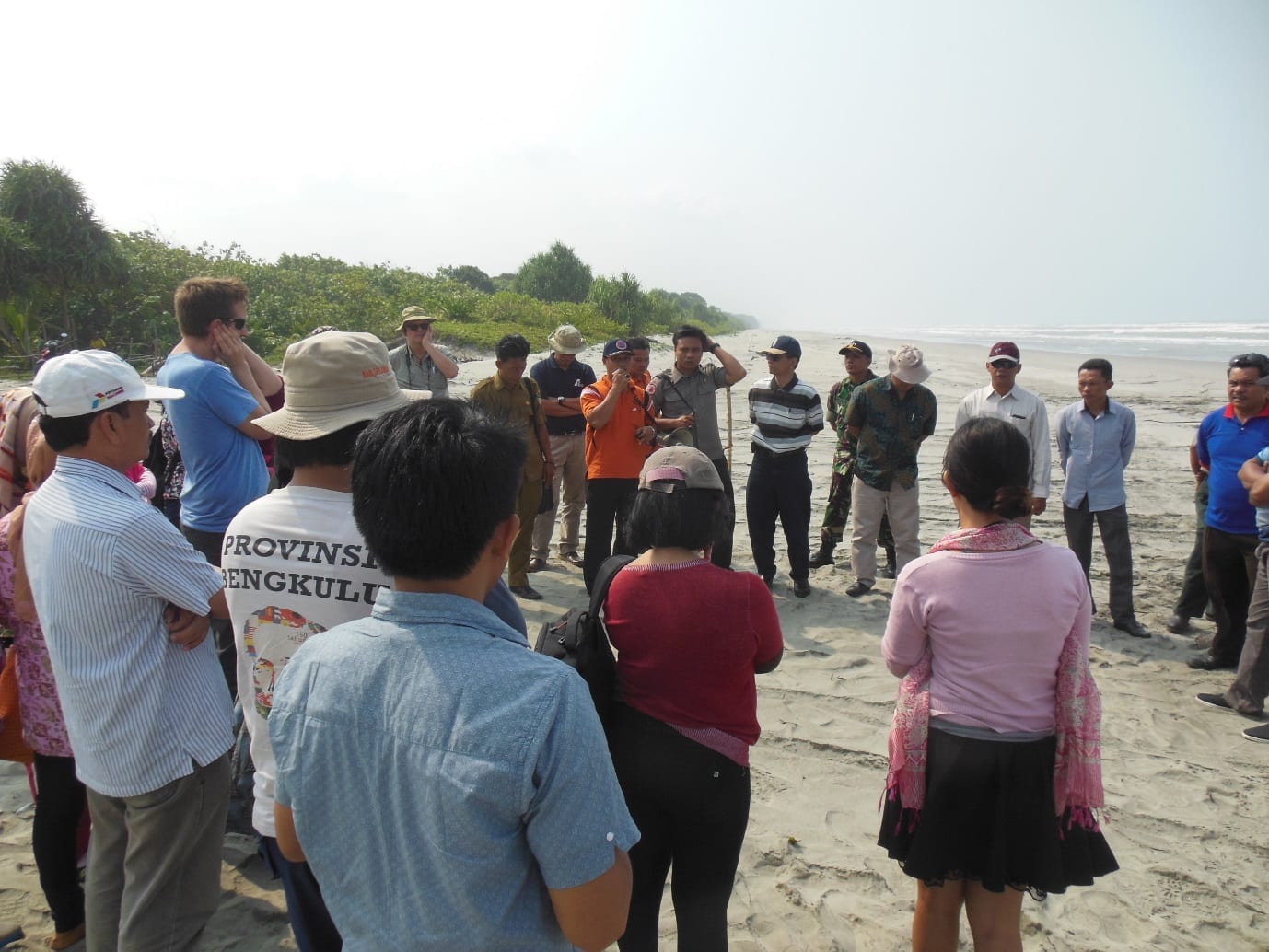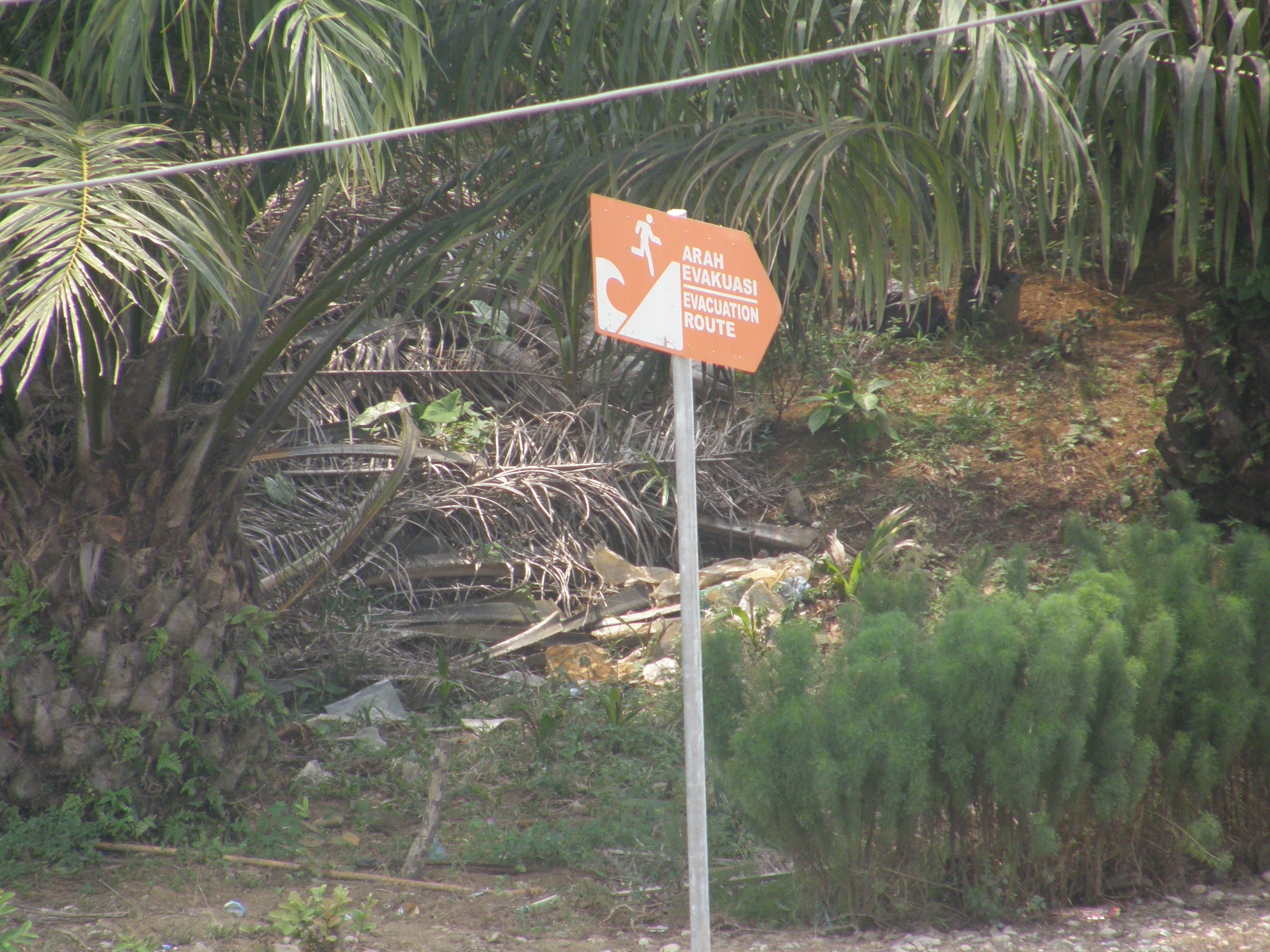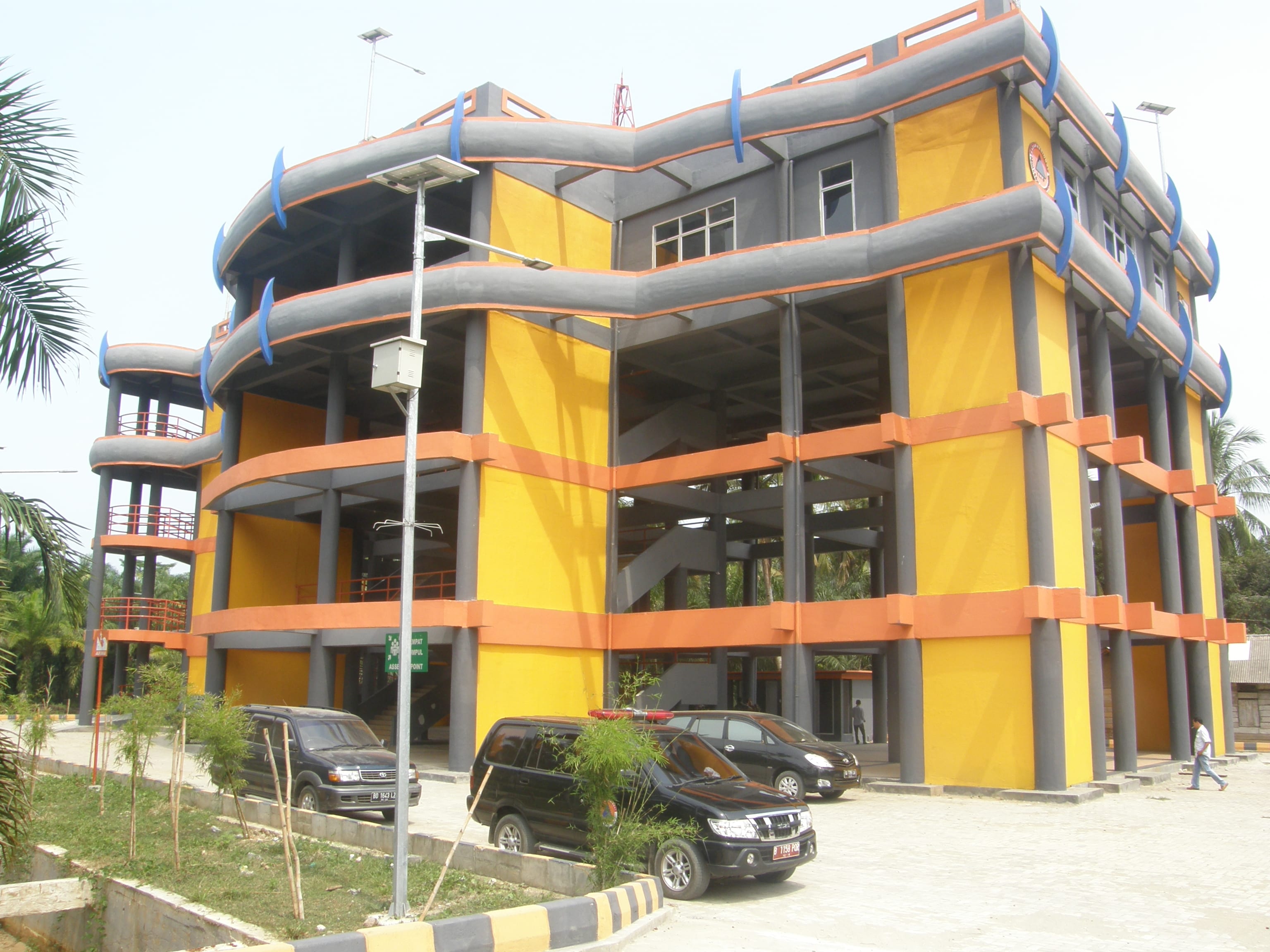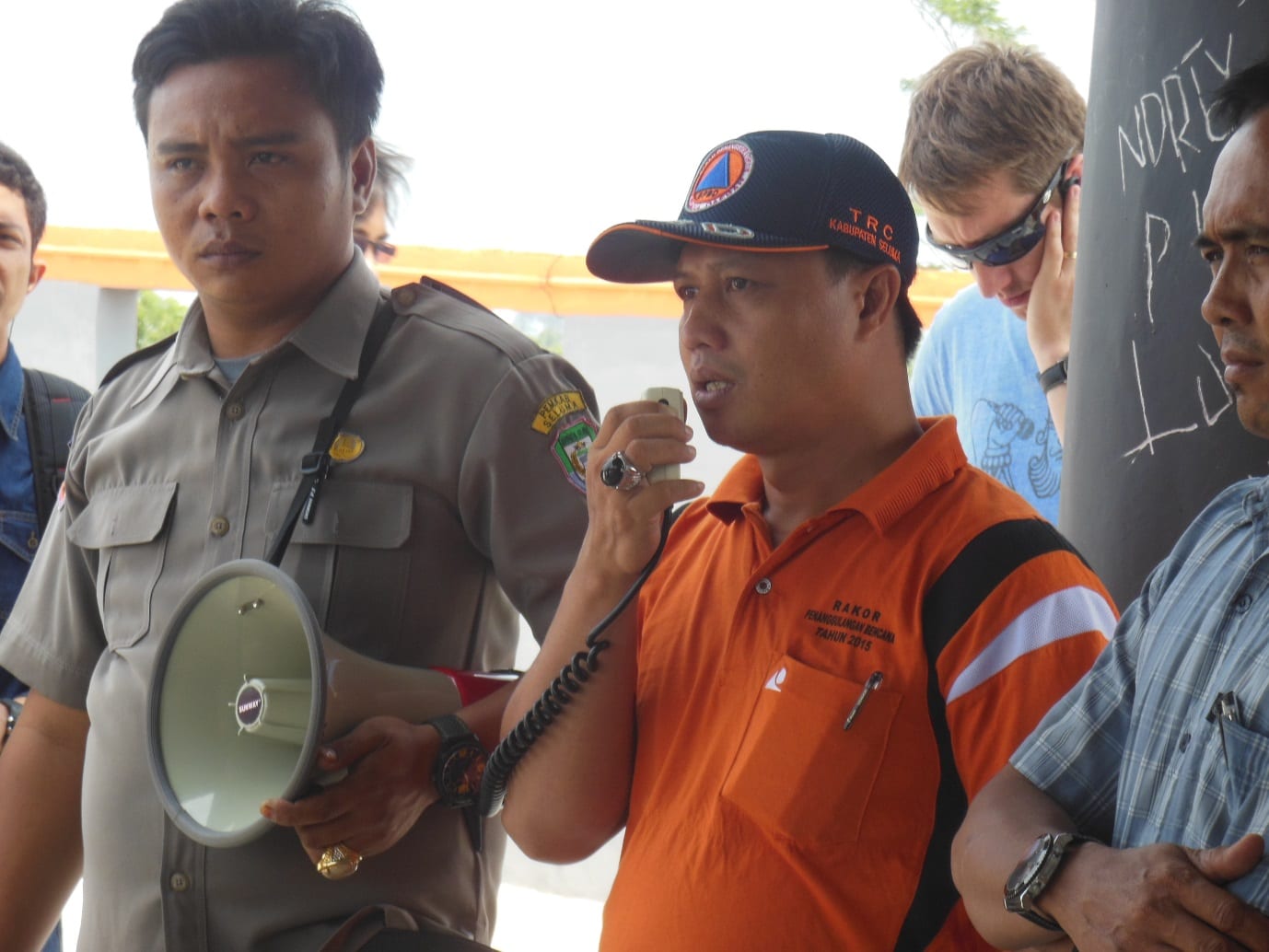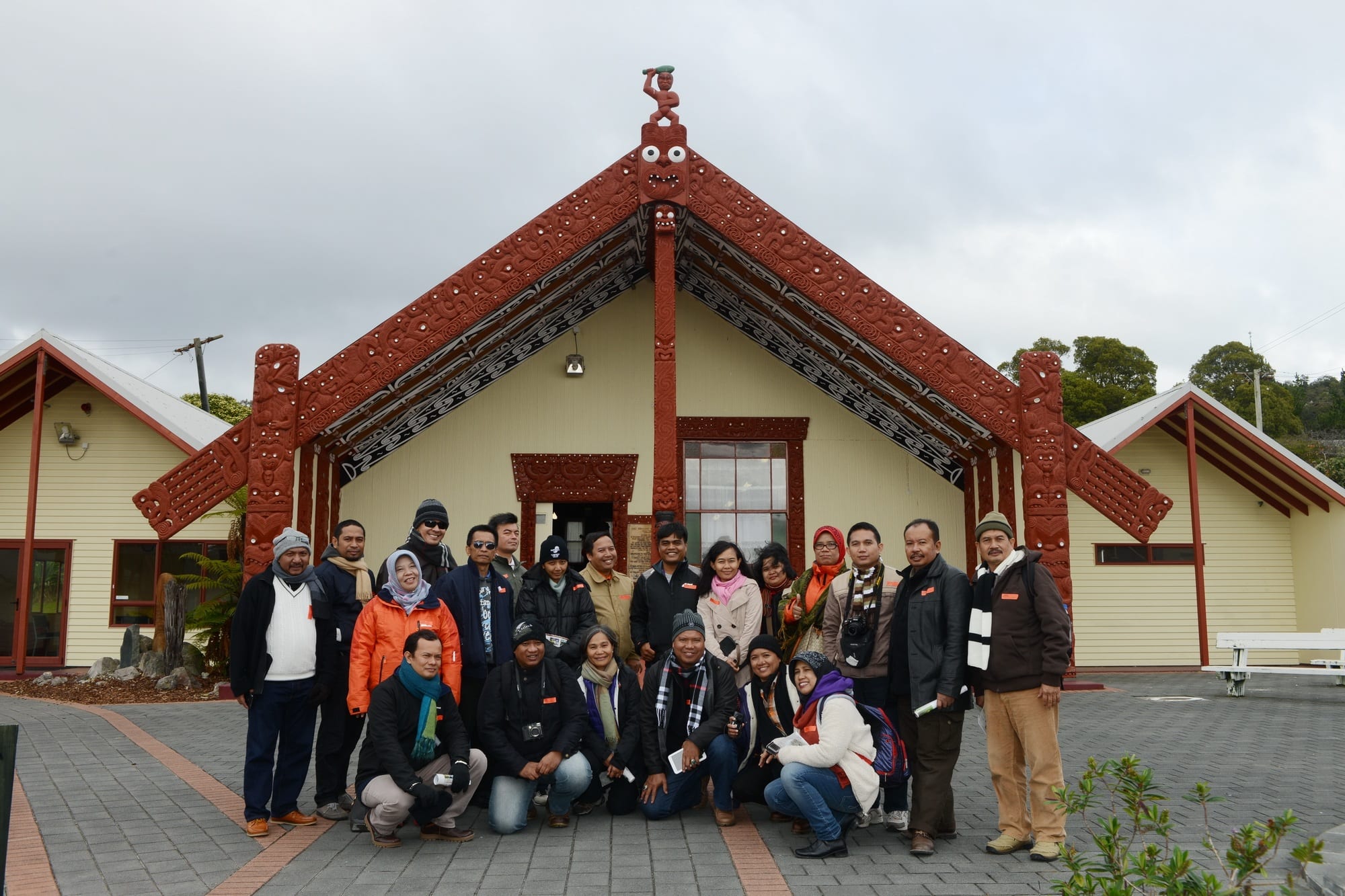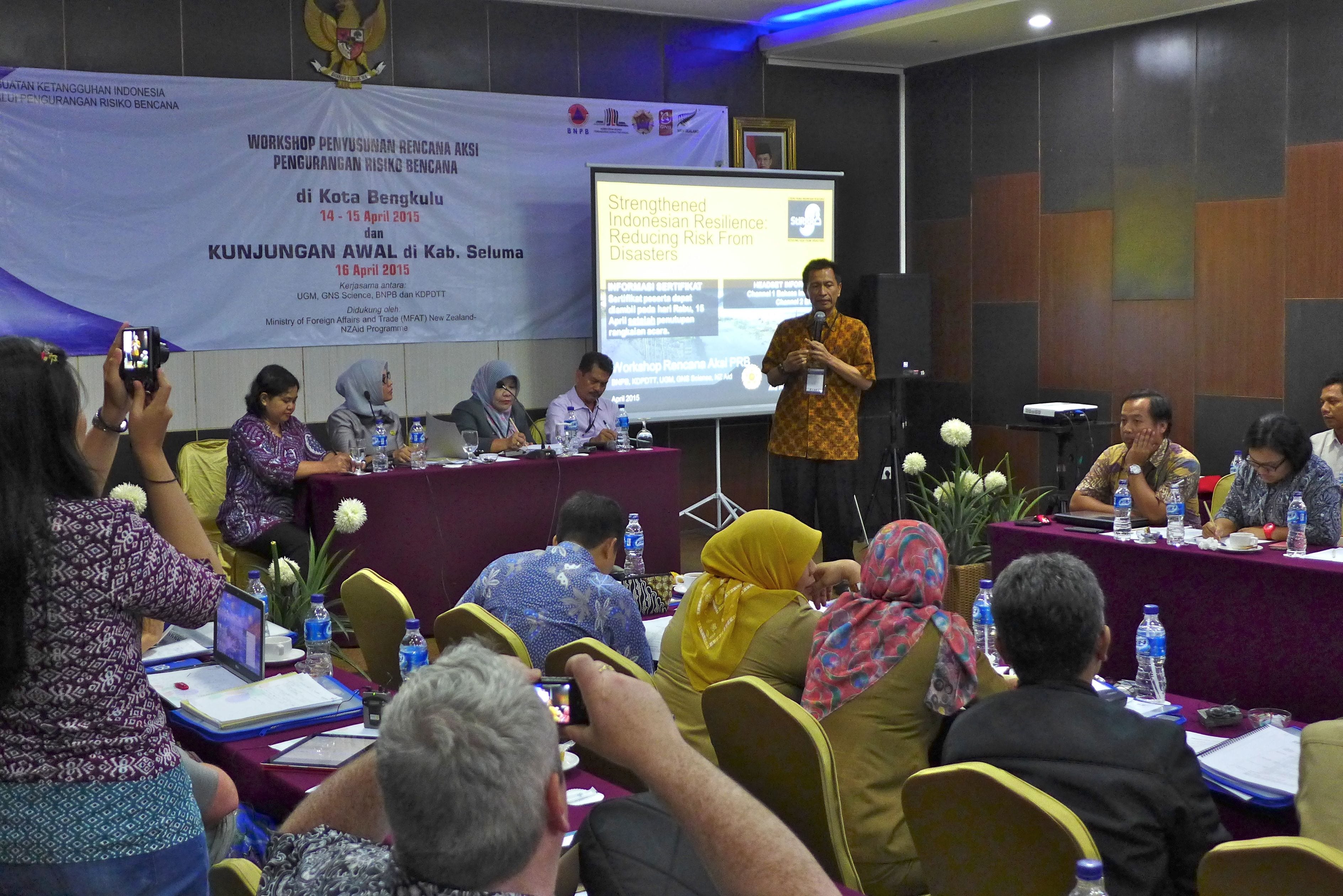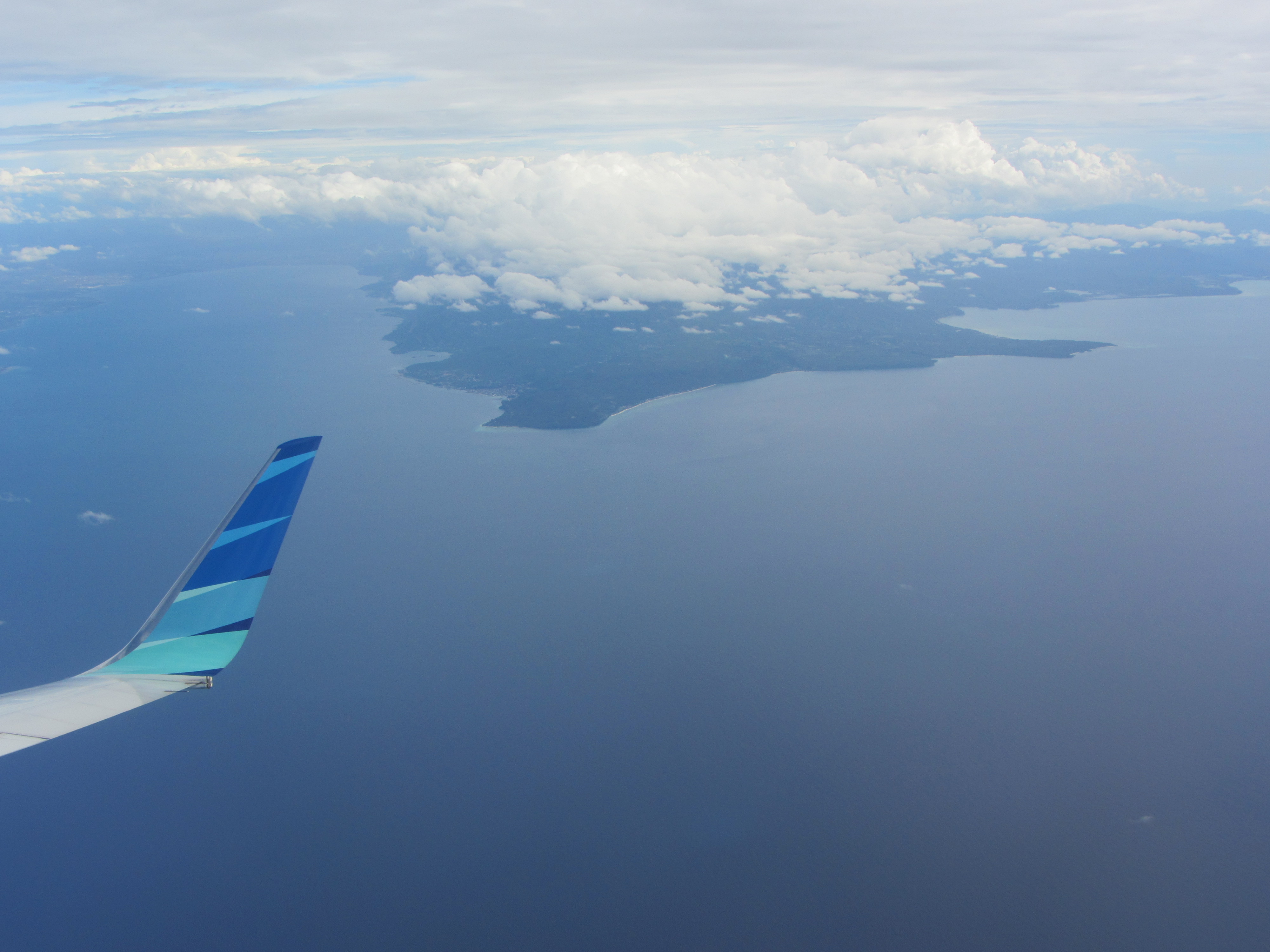Disaster Risk Reduction was the feature for the Selamat Pagi, Bengkulu TV breakfast show on the morning of Tuesday 24 November, 2015. Prof Iman Satyarno and Phil Glassey from the StIRRRD team, along with Ibu Lena from the Bengkulu City Emergency Management Office (BPBD) and Ibu Erna Sari Dewi the head of the City‘s parliament (DPRD), were guests on the 1 hour interactive TV chat show from 8 – 9 am on RB (Rakyat Bengkulu) TV, the Bengkulu Province broadcaster.
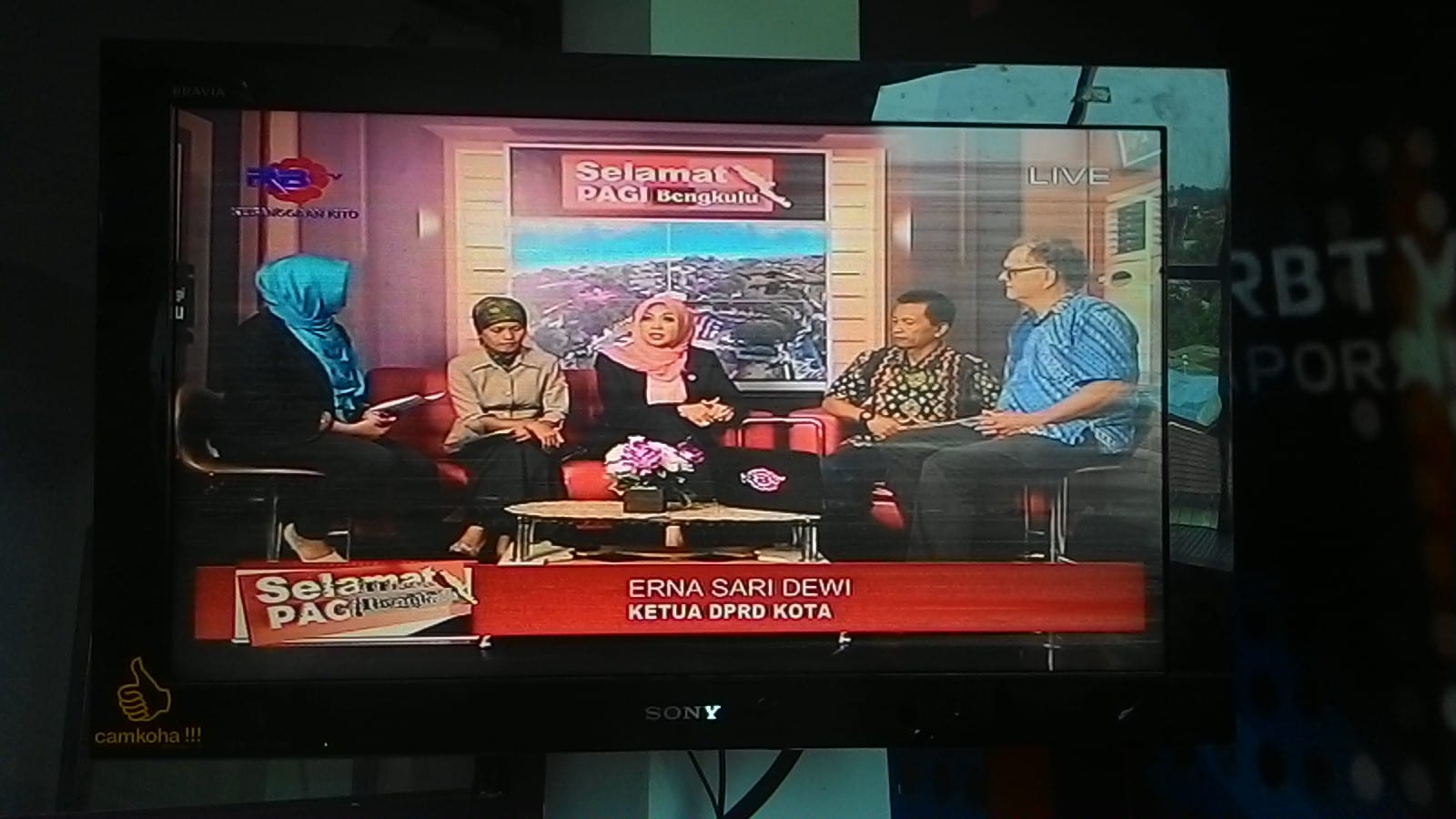
The TV show started by introducing Bengkulu as one of the regions in Indonesia that has a quite high disaster index as noted by the National Agency for Disaster Reduction (BNPB). Some effort has been made by Bengkulu City Government to minimise the risk but many more activities still need to be implemented. Some video clips of what Bengkulu City Government and StIRRRD have done so far were also shown during the broadcast.
It was discussed that to effectively reduce disaster risk requires that the stake holders such as the community itself, the local government, the local university, and the local NGOs to work together. Each has its own role and the local university (University of Bengkulu) will support with its research and technology with back up from UGM and GNS Science. One example of technology that can be used to reduce the risk of buildings from earthquake is by using base isolation technology.
The role of DPRD is considered very important as it is the one who prove all the legal aspects and the budget required to carry out activities to reduce the disaster risk. The head of Bengkulu City DPRD explicitly stated that she will do her best to get the support of parliament for any disaster risk reduction activities.
One viewer called the show saying that he supported the StIRRRD activity in Bengkulu City and thanked UGM and GNS Science for their help. He also requested more socialisation about disaster risk reduction program in Bengkulu City, and asked for more signs for tsunami evacuation and simulation drills so that the community is ready.
The StIRRRD team were back in Bengkulu City to facilitate the BPBD and other local government departments to finalise a Disaster Risk Reduction Action Plan with all stakeholders in a one day workshop, and present that plan to the local parliament for provisional approval. The Plan has been developed over a period of 6 months and the process included an initial 2 day workshop in April 2015 and a comparative study visit to New Zealand in June 2015.

